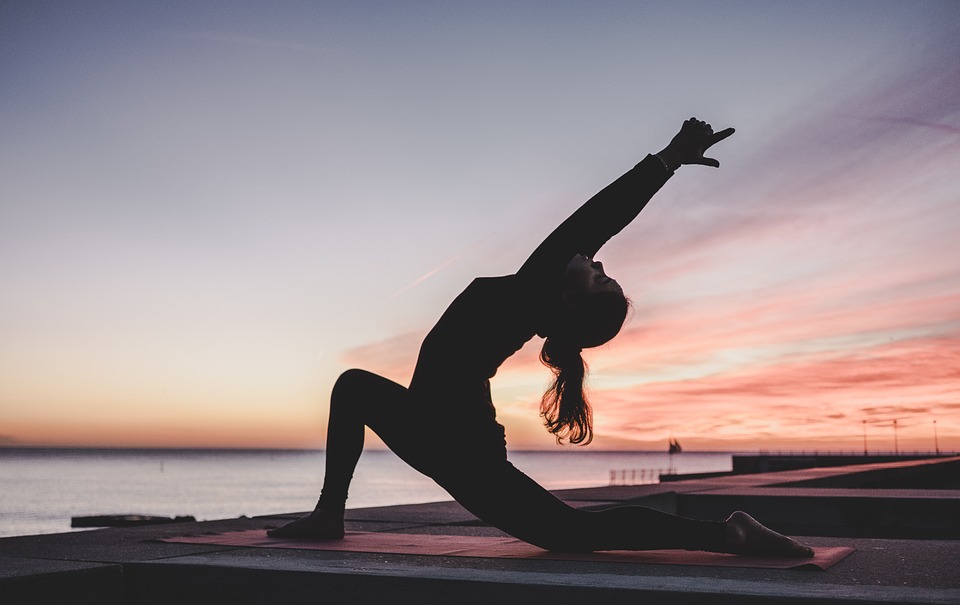
Flexibility at any age: How to maintain and improve flexibility as you age
As we age, our bodies undergo various changes, including decreased flexibility. However, it is essential to maintain and improve flexibility as we age to ensure mobility, prevent injuries and promote overall health. In this article, we’ll explore the importance of flexibility at any age and provide tips on how to maintain and improve flexibility as you age.
The importance of flexibility at any age
Flexibility plays a crucial role in maintaining mobility and range of motion. As we age, our muscles and tendons tend to tighten, which can lead to stiffness and decreased flexibility. This can make simple tasks such as bending, reaching, and lifting more difficult. Decreased flexibility also increases the risk of injury, as tight muscles are more susceptible to strains and sprains.
Furthermore, flexibility is essential to maintain good posture and prevent back pain. Tight muscles can pull the body out of place, leading to discomfort and muscle imbalance. By maintaining flexibility, you can reduce your risk of chronic pain and improve your overall quality of life.
Factors that affect flexibility as you age
There are several factors that can contribute to decreased flexibility as we age. These include:
- Natural aging process: As we age, collagen and elastin in our muscles and tendons decrease, leading to decreased elasticity.
- Inactivity: Lack of regular physical activity can lead to muscle tightness and decreased flexibility.
- Previous injuries: Scar tissue from previous injuries can affect the flexibility of muscles and tendons.
- Posture: Poor posture can lead to muscle imbalance and decreased flexibility over time.
How to maintain and improve flexibility
Regular stretching exercises
One of the most effective ways to maintain and improve flexibility is through regular stretching exercises. Stretching helps lengthen muscles and tendons, which improves range of motion and reduces muscle tightness. Aim to include stretching exercises in your daily routine, focusing on major muscle groups such as the hamstrings, quadriceps, calves, and shoulders.
Yoga and Pilates
Yoga and Pilates are excellent forms of exercise that can help improve flexibility, strength and balance. These practices involve a combination of stretching, strength building and mindfulness, making them ideal for promoting flexibility and overall well-being. Consider incorporating yoga or Pilates classes into your weekly routine to reap the benefits.
Regular physical activity
Engaging in regular physical activity, such as walking, swimming or cycling, can also help maintain flexibility. These activities promote blood circulation, which helps keep muscles and tendons flexible. Additionally, regular exercise can help prevent muscle tightness and maintain overall mobility as you age.
Strength training
Although it may seem counterintuitive, strength training can actually help improve flexibility. By strengthening your muscles, you can support your joints and improve overall mobility. Focus on compound exercises that target multiple muscle groups, such as squats, lunges and deadlifts, to improve flexibility and prevent muscle imbalances.
Adapting to age-related changes
As we age, it is necessary to adapt our approach to maintain flexibility. This may include modifying exercises and movements to accommodate any age-related changes in the body. For example, using props such as blocks or straps in yoga can help support the body and achieve proper alignment in poses. Additionally, choosing low-impact activities can reduce the risk of injury while still enhancing flexibility and mobility.
Seek career guidance
If you’re not sure how to effectively maintain and improve flexibility as you age, consider seeking professional guidance. A certified physical therapist or personal trainer can provide personalized recommendations and guidance based on your individual needs and limitations. They can also help you develop a safe and effective flexibility program that takes into account any age-related changes in the body.
Conclusion
Maintaining and improving flexibility as you age is crucial to overall well-being and mobility. By incorporating regular stretching exercises, participating in activities such as yoga and Pilates, and seeking professional guidance, you can be sure to maintain flexibility and prevent age-related stiffness and mobility problems. Remember, it’s never too late to start improving flexibility, and that small changes to your routine can make a big difference in your overall flexibility and quality of life as you age.